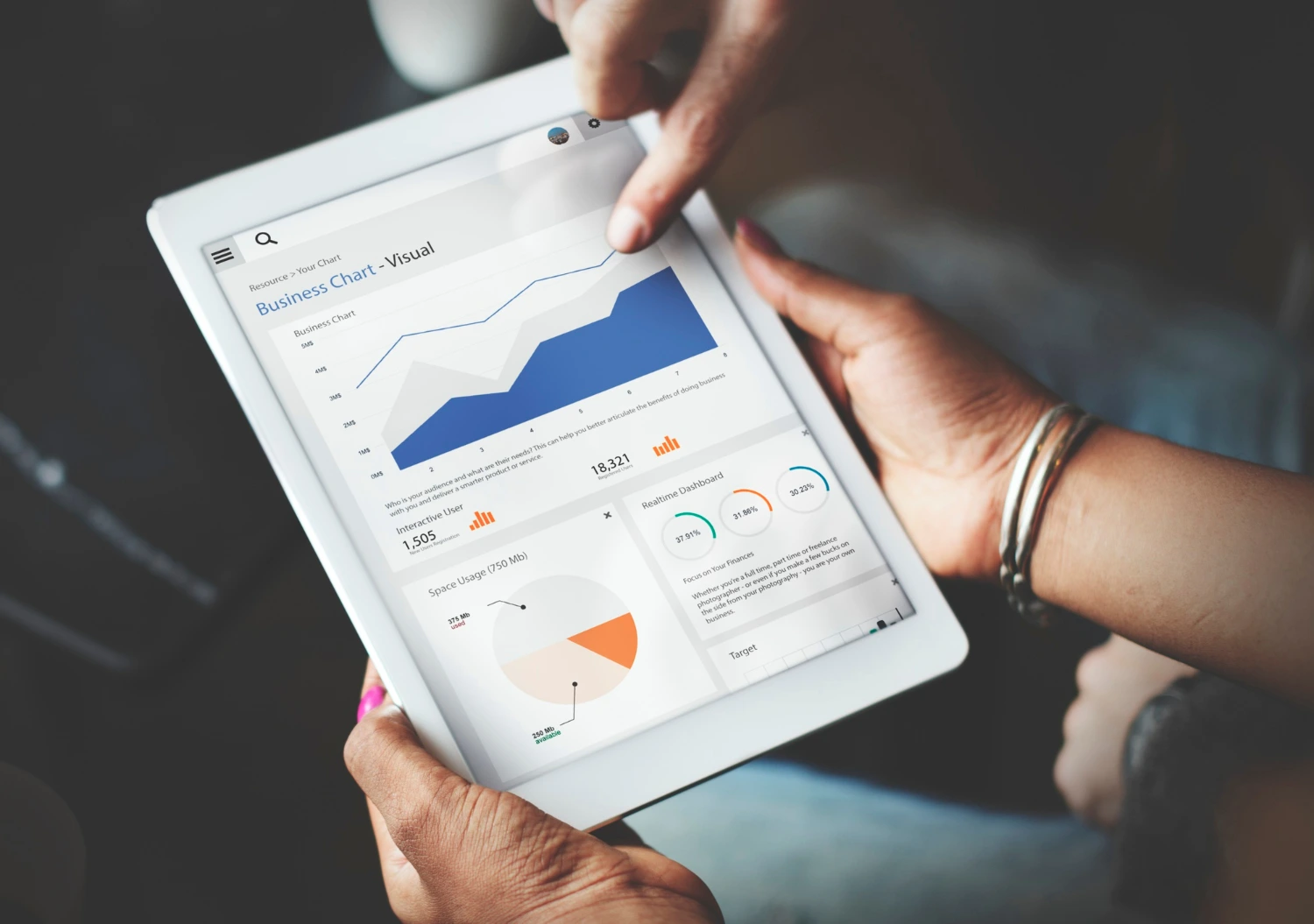As they Seek to The Future

본문
Case Study: Transforming Business Insights with Power BI Dashboard Development
Background Data Visualization Consultant
In today's data-driven environment, companies are increasingly relying on data analytics to make informed decisions. One such company, a mid-sized retail business called Trendy Apparel, discovered itself having a hard time to harness the large amounts of sales and consumer data it collected. The business, which operates both online and through brick-and-mortar shops, aimed to combine its data insight processes to boost decision-making and improve functional efficiency. Recognizing the capacity of business intelligence tools, the management group decided to develop a detailed control panel using Microsoft Power BI.
Challenges
Trendy Apparel dealt with several difficulties that hindered its data analysis capabilities:
- Data Silos: The organization had data stored in different systems-- CRM for consumer data, ERP for inventory management, and Excel sheets for sales tracking. This fragmentation made it hard to get a holistic view of the business.
- Lack of Real-Time Insights: The decision-makers typically count on out-of-date reports, hindering their ability to act on real-time patterns and insights.
- User Accessibility: The previous reporting tools were not user-friendly and technical, developing a barrier for non-technical staff to gain access to vital information.
- Limited Analytical Capabilities: The existing tools were mostly focused on producing fixed reports, doing not have thorough analytical performances.
Objectives
Trendy Apparel aimed to achieve the following objectives through Power BI control panel advancement:
- Centralize Data: Integrate disparate data sources into a single, cohesive control panel.
- Enable Real-Time Analytics: Provide decision-makers with real-time data visualizations to support nimble reactions to market changes.
- Enhance User Experience: Create a user-friendly and interactive user interface to empower all staff members, regardless of their technical backgrounds, to examine data efficiently.
- Facilitate In-Depth Analysis: Provide dynamic and visual analytical tools that enable the exploration of data patterns and insights.
Implementation
The development procedure was performed in a number of crucial phases:
- Data Combination: The primary step included linking Power BI to numerous data sources, consisting of the business's CRM, ERP, and sales databases. A data storage facility was established to facilitate the extraction, transformation, and loading (ETL) of data from numerous systems. This removed data silos and permitted a combined view of the business.
- Identifying KPIs: Working closely with stakeholders from various departments-- sales, marketing, finance, and operations-- the group recognized essential performance signs (KPIs) vital for measuring business success. These included sales growth, inventory turnover, consumer complete satisfaction ratings, and online conversion rates.
- Dashboard Design: The style process concentrated on visual storytelling. Interactive elements like charts, maps, and slicers were included to allow users to filter and analyze data on-the-fly. The dashboard consisted of areas for sales efficiency, client insights, and functional metrics.
- User Training: To guarantee staff member buy-in and reliable use of the brand-new control panel, training sessions were organized. These sessions supplied useful, hands-on experience with the control panel, demonstrating how to pull insights significant to particular functions.
- Feedback and Iteration: After the preliminary rollout, the team gathered feedback from users to understand pain points and areas for enhancement. Regular updates were made to boost performance based upon these insights.
Results
The implementation of the Power BI dashboard yielded significant benefits for Trendy Apparel:

- Improved Decision-Making: Senior management reported much faster and more informed decision-making procedures. The availability of real-time data enabled the marketing group to change projects based on immediate consumer habits and patterns.
- Increased Efficiency: The automation of data collection and reporting reduced the time invested in creating reports by roughly 50%. Employees might now concentrate on evaluating data instead of compiling it.
- Enhanced User Engagement: The intuitive style of the control panel motivated more employees to engage with data analytics. A larger range of personnel members began utilizing the control panel for daily decision-making, causing a data-driven culture across the company.
- In-Depth Insights: With advanced analytical capabilities, the group had the ability to identify seasonal trends, consumer choices, and operational bottlenecks, which played an essential function in tactical planning.
Conclusion
The execution of a Power BI control panel transformed Trendy Apparel's approach to data analytics. By centralizing data sources and enabling real-time insights, the business significantly enhanced its decision-making processes and functional performance. The user-friendly nature of the control panel facilitated greater engagement with data across all levels of the company, eventually fostering a culture of data-driven decision-making. Trendy Apparel's investment in Power BI has not just fixed its instant data obstacles but has actually also set the structure for ongoing business growth and adaptability in a rapidly changing retail environment.

댓글목록0
댓글 포인트 안내